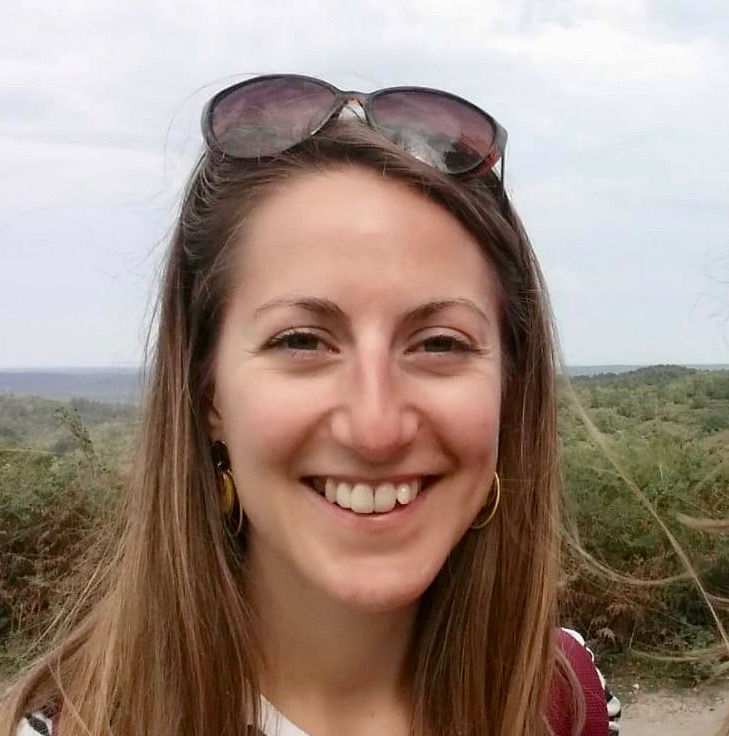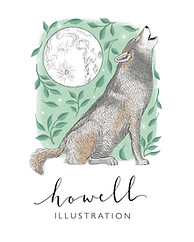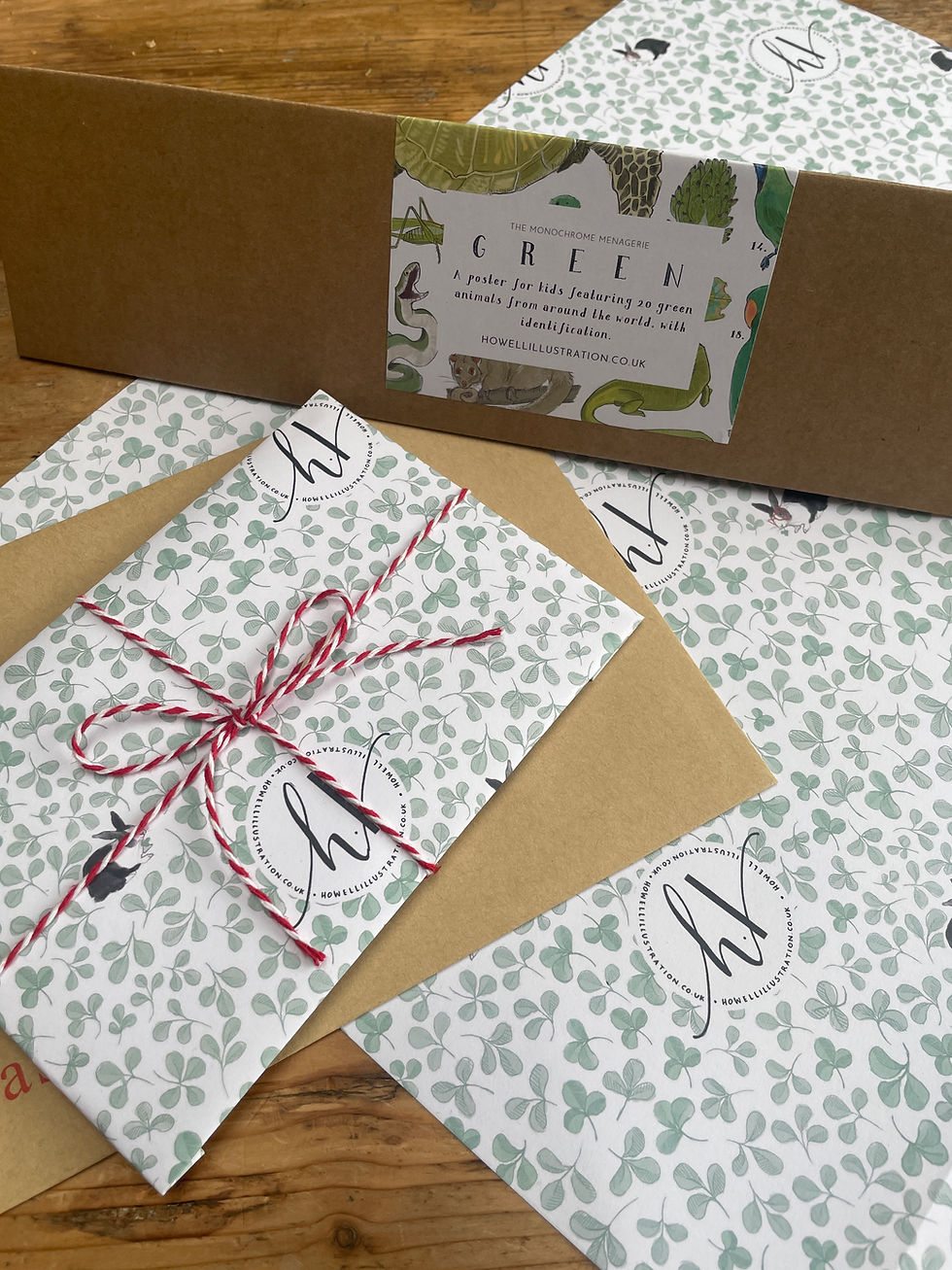The Bird Book: Behind the scenes with the editor, Sophie Blackman
- Nicola Hawley

- Apr 29, 2021
- 5 min read
Updated: Apr 2, 2024
Ever fancied having a nosy behind the scenes at a publishing house? Well today, you might just be in luck because joining me on the blog, is a very special guest: Sophie Blackman, senior editor at Studio Press, to chat about the creation of The Bird Book.
Contents:

Sophie Blackman is the mastermind behind The Bird Book - an inspiring, illustrated guide to 50 land and water birds and how we can help them thrive - and is here to help us get a sneak peek into the publishing process, the work that went into publishing The Bird Book, and how she chooses the books to publish in the first place.
1. As senior editor for Studio Press, could you tell us a little bit about what your job involves?
Sure! The Studio Press list is an eclectic one, as we publish books for both children and adults, as well as books for some licensing partners. I specialise in adult nonfiction, and the rationale behind our list is that we tap into the zeitgeist or pick up on trends. So, my role involves coming up with book ideas, finding authors and illustrators, then managing the project to make the vision a reality.

2. The majority of ideas for your books come from the in-house team. How do you go about coming up with and choosing the ideas to move forward with?
I would say that the best ideas are those that are the most relevant for people right now. A book’s timing can be key – too late, and you’ve missed the boat, but too early, and equally your book might fall into obscurity! Another important thing to bear in mind is the market for each book. Who are the readers? What do they want? And are they likely to buy a book on that thing?
When it comes to publishing books that are submitted to us, we’re looking for things that really stand out, whether that’s with beautiful art, excellent writing or an original idea. We then try to fit the book into a gap in our publishing programme.

3. With that in mind, was there anything in particular that gave you the idea for/drew you to moving forward with The Bird Book?
The idea for The Bird Book was born during the first UK lockdown. Living in London for years, watching birds wasn’t something I had done much of, but I started to see and hear so many birds in my back garden and on my Daily Walks. For the first time, I realised just how closely we share our habitat with them, and that our actions must have a big effect on their lives. I was curious to learn more about them and how we can help them thrive.
At around the same time, Chris Packham and Megan McCubbin started the Self-Isolating Bird Club on Facebook, so I knew I wasn’t the only young(ish) person noticing birds.
Traditional bird-spotting guides felt too dense for adult beginners, and the kids’ books available were, well, for kids! So, I thought there was a gap in the market for a book for a new birding audience – those in their twenties and thirties.

4. Could you talk us through a little of the commissioning process for The Bird Book?
First, I pitched the idea to our sales and marketing teams in a meeting, then I worked with the production team to figure out how much it would cost to make the book. Once the costs had been signed off, I could sign up the writers and illustrators.
I scoured the internet for the perfect team! Dr Meriel Lland is passionate about birds and introducing the topic to new audiences. Her wonderfully poetic writing style paints a picture of seeing each bird in the wild.
Roxy Furman is predominantly a wildlife filmmaker who sees her work as a form of gentle activism, inspiring people to help the environment. They made an excellent writing team.
I had a style in mind for the book and searched online for illustrators working in that style. Your illustrations were perfect, and really captured the character of each bird!

5. Do you have any top tips for pitching a non-fiction book to editors and agents?
I think tailoring your submissions to the publishing lists that your book is best suited to is most likely to lead to success, rather than going for a scattergun approach.
Writing a letter or email outlining:
your idea,
your target readers and
why now is the best time to publish your book
will quickly answer some of the questions going through the editor’s mind as they look at your submission. It’s also useful to list any similar books in the market and point out the ways in which yours will be different.
6. What is your favourite part of being a senior editor, and do you have a project that has particularly stood out as one of your favourites to work on?
In general, it’s hugely satisfying to see a book that I’m passionate about come together. Seeing colour illustrations come in is always an exciting moment, as the art can really bring a book to life! And for me, seeing the finished copy for the first time never gets old.
In terms of favourite projects, The Bird Book is genuinely one of my favourites! Other than that, years ago I put together a book called The Chef’s Library, in which famous chefs recommended their favourite cookbooks. That was a mammoth task, but I sometimes find that the most demanding projects can leave you with the greatest sense of achievement.

7. And a fun one to finish! What’s your favourite entry in The Bird Book and why?
Great question. The birds I can’t take my eyes away from whenever I see them are those that perform aerial acrobatics, such as starlings and swallows. So, one of my favourite entries in the book is the swift. I learnt that they fly constantly for ten months each year and even sleep in the sky.

A runner-up for me is the Dipper, as this plucky little thing submerges itself underwater and walks upstream to feed on the riverbed. It’s incredible the different ways that birds have adapted to life!
Thank you so much for answering my questions Sophie - it was so lovely to have you here!
As always, thank you for reading!
Ns




Comments